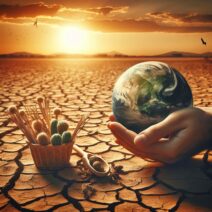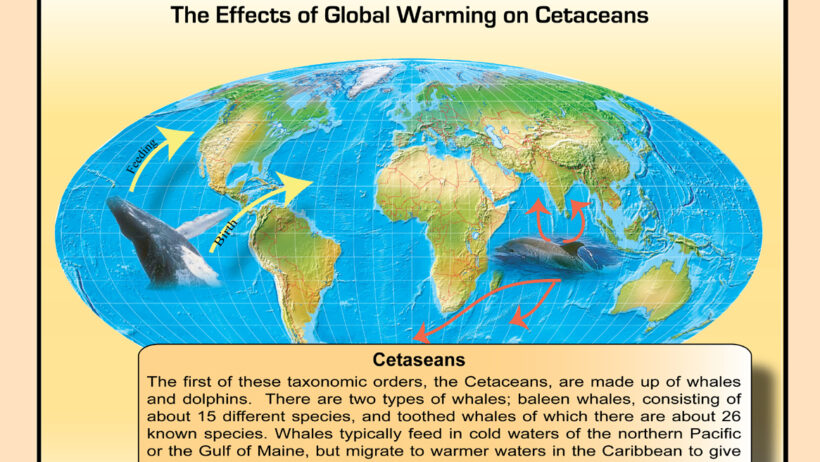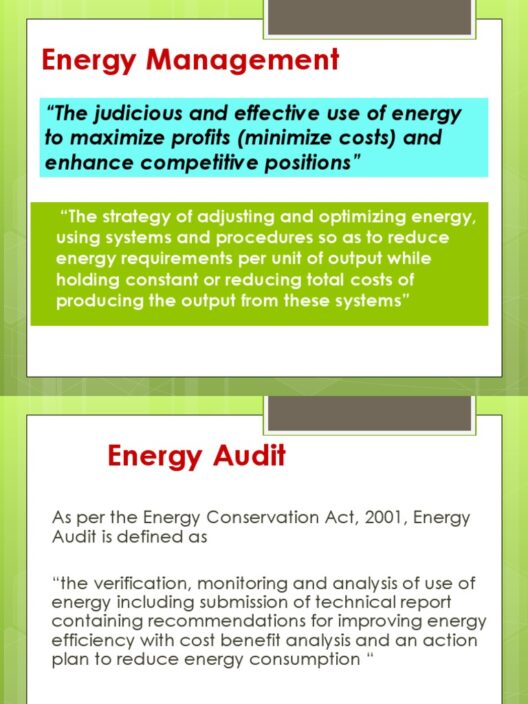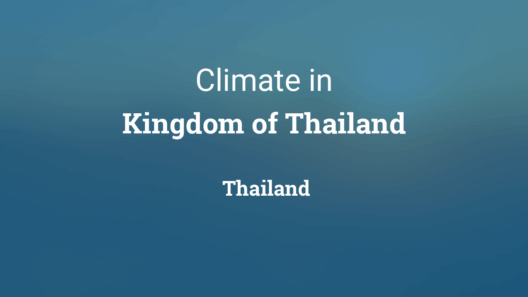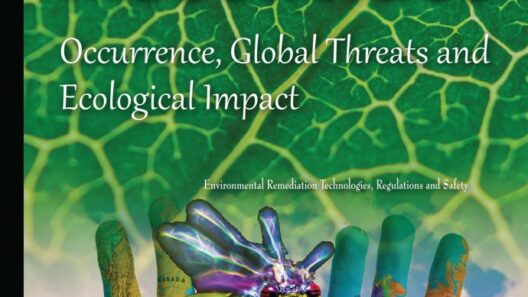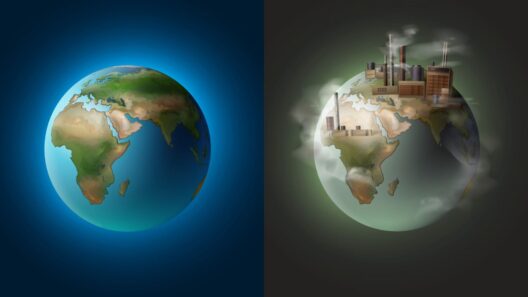In the intricate tapestry of Earth’s ecosystem, environmental degradation and global warming are the threads that, when tugged at, unravel the delicate balance of our planet. Each strand, whether compromised forests, polluted waters, or eroded soils, contributes to a larger narrative—a narrative that underscores the urgency of understanding the connection between these two critical phenomena.
The term “environmental degradation” encompasses a broad spectrum of disturbances to the natural world. It involves the deterioration of the environment through the depletion of resources, destruction of habitats, and pollution, all catalyzed by human actions. Just as a symphony requires harmony among its instruments, our planet’s ecological systems necessitate a balance. When this equilibrium is disrupted, the repercussions echo throughout all levels of the biosphere, ultimately contributing to the enhancing of global warming.
Global warming, in essence, is the manifestation of temperature increases across the Earth due to the accumulation of greenhouse gases in the atmosphere. This phenomenon is like a warm blanket that envelops the planet; however, too much warming can lead to disastrous effects. The relationship between environmental degradation and global warming is not merely coincidental but is intricately woven into the fabric of modern life.
The deforestation of vast tracts of land serves as a poignant example of how human activity catalyzes environmental degradation with dire consequences for global warming. Forests act as carbon sinks, absorbing significant amounts of CO2 from the atmosphere. By razing these vital green bastions, we not only release stored carbon but also diminish the Earth’s capacity to sequester future emissions. This dual assault accelerates the warming of our planet, echoing a sentiment akin to setting a fire in a crowded theater; the ramifications are swift and perilous.
The role of agriculture in this narrative cannot be overstated. The agricultural practices that prioritize monoculture and the excessive use of fertilizers exemplify how land degradation leads to soil impoverishment and reduced biodiversity. Soil, often likened to a living entity, requires nurturing and careful management. Poor farming practices lead to erosion and degradation, releasing previously trapped carbon and, in turn, exacerbating the greenhouse effect. Here, the soil falters as an ally in the battle against global warming, transforming what should be a source of sustenance into a contributor to climatic upheaval.
Urbanization presents another stark illustration of environmental degradation. The relentless sprawl of cities often entails the destruction of wetlands and natural habitats. Urban heat islands emerge as concrete and asphalt absorb and retain heat, increasing local temperatures. This phenomenon not only displaces wildlife but also exacerbates the warming plight of our planet. It is as if we have crafted our own kiln, heating the Earth through our incessant growth. The irony lies in our desire for progress often undoing the very foundations upon which that progress is built.
Moreover, pollution, which perhaps most vividly demonstrates the tangible effects of environmental degradation, serves as a critical link to global warming. Factories emitting greenhouse gases, alongside the burning of fossil fuels, contribute copiously to atmospheric degradation. In a sense, we are collectively exhaling the toxic byproducts of our industrial ambitions, heralding a climate crisis that threatens our very existence. The air thickens and transmute, forming an insidious layer that shields the planet from its necessary methods of temperature regulation.
Water bodies are not immune to the scourge of degradation either. Oceans, rivers, and lakes have become repositories for waste, impacting aquatic life and, by extension, global ecosystems. Diminished biodiversity in these water sources not only disrupts food webs but also reduces carbon capture. The crests of waves, once teeming with life, now mirror the degradation of a fractured environment. As aquatic and terrestrial environments deteriorate, they collectively amplify the mechanisms of global warming, illustrating a tragic coalescence of choices that leads us deeper into the climate quagmire.
However, recognizing the interdependence of environmental degradation and global warming paves the way for innovative solutions. Restoration of forests, adoption of sustainable agriculture practices, and pollution management are pivotal. Such interventions require an ecological mindset, where nurturing the Earth is seen not just as an optional endeavor, but a fundamental responsibility. Investing in green technologies and promoting renewable energy sources can mitigate our impact. Nature is resilient; when given a chance, it can often heal and regenerate from the injuries inflicted upon it.
Furthermore, public awareness and education are paramount in fostering a culture of sustainability. Only when individuals understand the deep-seated connections between their choices and the environment can meaningful change occur. Environmental stewardship transforms into a shared mission rather than a solitary pursuit, where community initiatives flourish, illustrating the power of collective action. Just as every drop fills a bucket, every effort contributes to the larger movement against global warming. Engaging communities in conservation efforts can regenerate passion for the natural world and instill a sense of urgency to protect it.
In conclusion, the intricate and often overlooked connection between environmental degradation and global warming presents a compelling narrative that demands our attention. The threads that bind these concepts together are woven from our actions, choices, and perceptions. Every moment we neglect to address the degradation of our environment is a moment we inch further away from a viable future. The metaphorical fabric of our planet is fraying, but with conscious effort and collective resolve, we can begin to stitch it back together, creating a tapestry that celebrates resilience, harmony, and sustainability for generations to come.


